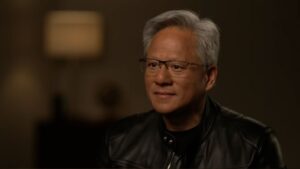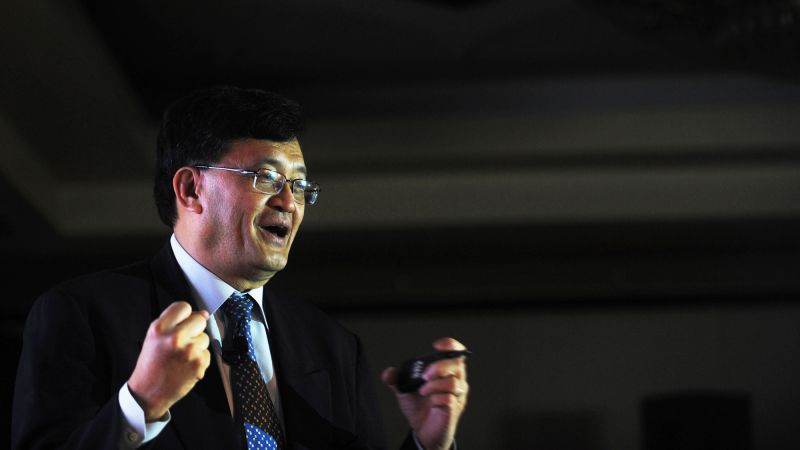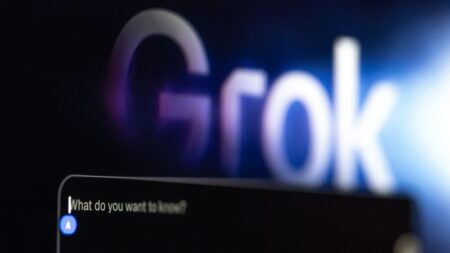Intel Corporation, a prominent player in the semiconductor industry, has recently announced a significant leadership change aimed at revitalizing the company’s fortunes. After enduring several challenging years that have witnessed a decline in its competitive edge, Intel has appointed Lip-Bu Tan as its new Chief Executive Officer (CEO). This move comes in the wake of the resignation of former CEO Pat Gelsinger, who stepped down in December 2023. Tan’s extensive experience in technology investment and his tenure as a leading figure in the semiconductor sector position him as a strategic choice for steering Intel back to prominence.
On Wednesday, the announcement regarding Tan’s appointment led to a surge in Intel’s stock, which saw an impressive increase of nearly 13% during after-hours trading. This rise is significant given the context of the company’s shares plummeting over 54% prior to the announcement, underscoring deep investor concerns about Intel’s strategic direction and operational viability. These varying stock performances reflect a tumultuous period for the company, which has faced intense pressure from competitors.
Tan’s career showcases a robust background in technology and investing. He previously served as CEO of Cadence Design Systems for more than a decade, where he implemented transformative changes that revitalized the company’s operations and positioned it for future growth. In addition to his role at Cadence, he co-founded Walden Catalyst Ventures, a firm dedicated to investing in cutting-edge industries like semiconductors, artificial intelligence, and cloud computing. Frank Yeary, Intel’s interim executive chair, praised Tan’s leadership capabilities, stating that his expertise and established relationships within the technology ecosystem are essential for Intel’s trajectory, particularly in creating renewed shareholder value.
As Tan prepares to take the reins on March 18, he’ll face an immense challenge. Intel has struggled to keep pace with the rapidly evolving tech landscape, especially in mobile computing and AI technologies, sectors where it has ceded ground to competitors such as Qualcomm and Nvidia. The company’s recent challenges have fueled speculation regarding potential takeovers, raising questions about its long-term strategy and sustainability.
Tan steps into a role previously held by Gelsinger, who was expected to navigate Intel out of its difficulties upon his return to the company in 2021. However, Gelsinger’s tenure was marked by several setbacks, including a failure to deliver the anticipated turnaround for Intel. Consequently, Tan must prove himself capable of enacting meaningful change and revitalizing the company’s fortunes, establishing his leadership credentials in the process.
Recent developments at Intel have included significant layoffs; the company announced plans to reduce its workforce by 15% as part of a broader initiative to cut costs by $10 billion. Additionally, Intel recently lost its place in the Dow Jones Industrial Average, a benchmark it had occupied for 25 years, further highlighting its declining status within the technology sphere.
The push to rejuvenate Intel occurs against a backdrop of heightened focus on domestic semiconductor manufacturing in the United States. Both the Trump and Biden administrations have recognized the strategic importance of robust chip production capabilities, viewing them as essential not only for economic stability but also for national security. In this context, leading companies like Taiwan Semiconductor Manufacturing Company (TSMC) are committing substantial investments; TSMC announced plans to invest over $100 billion to expand its operations in the U.S.
In summary, Lip-Bu Tan’s ascension to CEO marks a pivotal shift for Intel at a critical juncture in its history. His extensive experience and strategic vision will be indispensable as the company seeks to reclaim its position as a technological powerhouse in an increasingly competitive marketplace. The challenges that lie ahead are substantial, but with the right leadership and clear strategic direction, there is potential for Intel to reestablish itself as a leader in the semiconductor domain.











